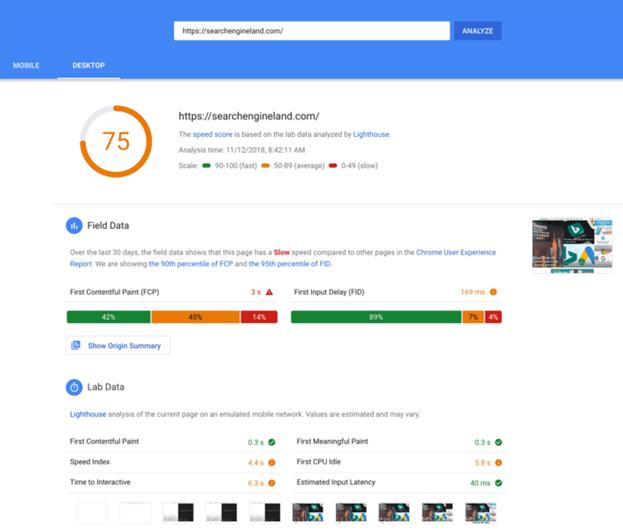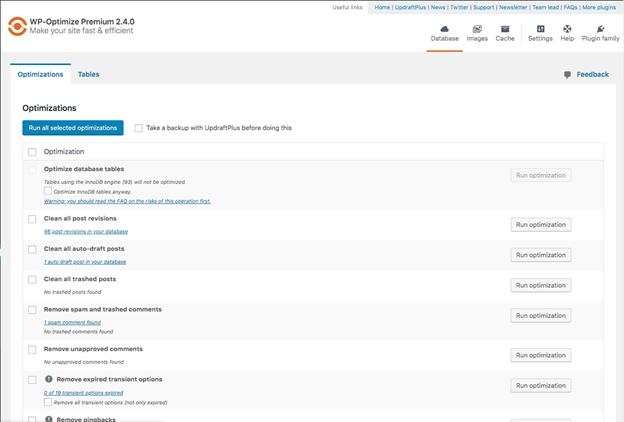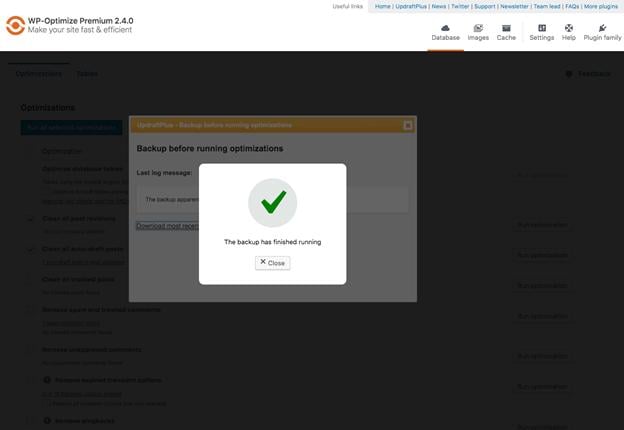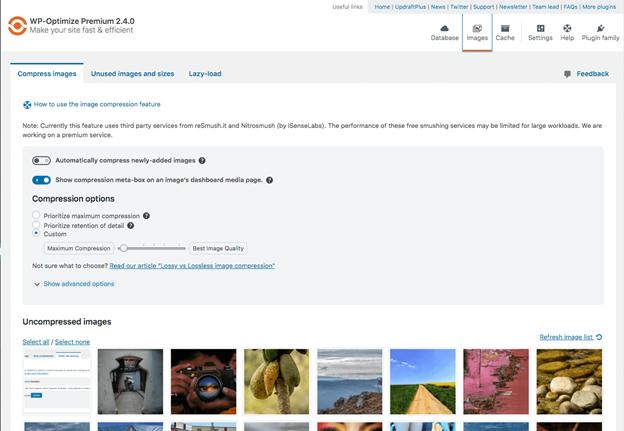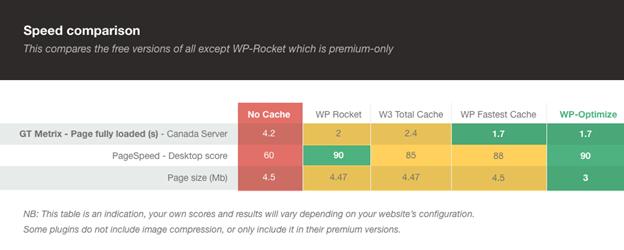When evaluating the speed and performance of your website, there are over 200 factors that search engines like Google use to rank content and web pages. Some of these factors are known, such as site update frequency, while the weight of other factors – such as meta-tag spamming, are not known to the extent they impact the ranking score and how they affect a site.
Possibly the most important factor when deciding your site’s Google ranking is it’s loading speed and how long the site takes to completely load on both mobile and desktop.
An important part of the loading speed process, your site’s overall SEO score and speed ranking is image size and image optimization. In this blog we will be looking at why this is important and why you should always have optimized images on your site.
Why is image optimization important?
Since Google considers site loading speed to be one of the main ranking factors when evaluating a site’s SEO score, Google focuses on the overall user experience as a metric for website quality. The speed of a site not only has an impact on SEO score, but has also shown to have a large role in the bounce rate of users, as they typically tend to leave a site if it takes more than 3 seconds to load.
Slow site speed can be responsible for abandoned carts, drops-in conversion rates and other problems that might cause the user experience to be negatively rated. If an e-commerce site is making $100,000 per day, a 1 second page delay could potentially cost you $2.5 million in lost sales every year. A large portion of a website’s weight and loading speed factors can be attributed to the size of your image. Compressing your images will reduce the time it takes to load them in a user’s browser, improving the overall loading speed of the website.
It should also be noted that a high speed internet connection is not going to solve the problem of a slow loading website, as the loading speed is largely dictated by the host that is hosting your files, and can only upload them at a certain bandwidth.
How can you check your site speed?
It is possible to check your site speed using simple online tools. Some of the most commonly used web tools are listed below;
Google Insights
This is a developer’s tool that was introduced by Google for the single purpose of identifying site speed on a user’s desktop or mobile. This site should typically be your first port of call when evaluating site speed, as it belongs to the same organization that is responsible for ranking your website. As such, this adds a further level of legitimacy and behind the scenes knowledge when evaluating your site speed.
Insights not only measures the speed for both desktop and mobile, but also provides a breakdown of all the reasons why and where any issue to the site speed lies. Google Insights also delves deep into the images and checks for the potential reduction in file size. This platform also allocates a score to your website, allowing you to gauge any short term improvements and errors that you may have made, which you might not have realized otherwise.
GT Metrix
GT Metrix is broadly similar to Google Insights, in that It more or less provides the same information and allocates a ranking score for your website. GT Metrix not only identifies any problems with your site, but also provides potential solutions to any detected speed issues that may be slowing you down. If you are looking for something outside the Google ecosystem, this is a site that you should consider getting familiar with.
If you have checked your site speed and image size has been flagged up as an issue, where do you go from there?
WP-Optimize – the WordPress plugin that makes image optimization simple
WP-Optimize is one of the leading WordPress optimization plugins that is trusted by over a million users all over the world, with a 4.8 out of 5 ranking on WP.org. Wp-Optimize focuses on the 3 main components when optimizing your site:
- Cleaning your database.
- Compressing your Images.
- Website caching.
While there are several overall different methods WP-Optimize can help with your site SEO, we will be focusing on the image compression aspect of the plugin for this blog. As mentioned above, image compression has long been an issue when it comes to site speed and just making these changes can have a big impact on loading times..
WP-Optimize uses a cutting edge ‘lossy technique’ to compress large image files ( high load times) to smaller compressed versions ( low load times). All of the compressed images are then directly saved to the site’s image library, where they are accessible and reversible to their original size (should you wish to change them back).
With WP-Optimize, you can compress different image file formats including; JPG, PNG, GIF, BMP and TIFF. When deciding which images you should compress, it is recommended that Images up to the size of 5 MB should be optimized for faster loading speeds. You should also always remember to take a back-up of your site using UpdraftPlus before compressing any images or making any kind of change to your site, as potential issues may arise.
Additional features of WP-Optimize image optimization include:
Bulk compression
Allows you to select and compress all your images together. This can potentially save you a lot of time, as some sites can have hundreds, if not thousands of images that need compressing.
Intelligent, multi-pass lossy compression algorithm
The algorithm is created in such a way that it gives users twice the compression with a lot less loss of image quality.
Restore to the original image
While ‘Ctrl+Z’ can come in very handy in lots of online applications, it isn’t something that is usually found with an image optimization plugin. With WP-Optimize, you can revert back to the original images at any time.
Auto compress
Auto compress allows for all of your future images that will be uploaded to your website to be compressed automatically. This means you will not have to manually compress your images every time you upload a new one. Just select your compression settings and WP-Optimize will compress all of your images in real time as they are being uploaded onto the website.
Keep your EXIF data
If your website is related to high end photography (for example, a wedding photography site), the photographic data of your images can be incredibly important. With most image compression plugins, this data would be lost post compression. But with WP-Optimize, you can select to keep the original photographic EXIF data, even if you decide to compress a 2GB image to 500k.
Conclusion
WP-Optimize is a great option that includes many different optimization factors in one convenient plugin. As an overall WordPress optimization plugin, WP-Optimize is as good as, if not better, than some of the ‘top’ paid plugins. The following chart shows how WP-Optimize compares to leading SEO plugins like WP-Rocket, W3 and WP Fastest Cache.
If you are looking to improve the loading speed of your site, compressing your images is a great way to start. Download WP-Optimize today and see the difference a good optimization plugin can make to your WordPress site.
